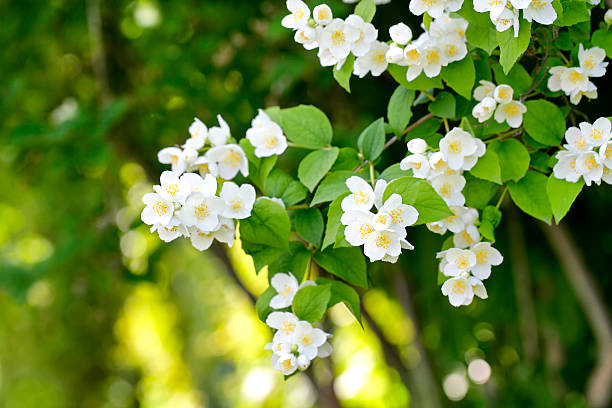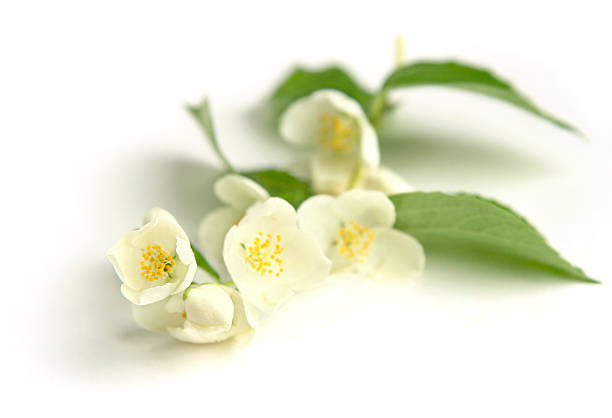When To Plant Star Jasmine?
Planting in the fall or early spring takes advantage of the cool, damp weather at that time of year, allowing the plant to establish itself in its new location before the heat of the growing season sets in.
If you live in a mild Mediterranean climate where the spring, summer, and fall tend to be hot, and the winters are cool and rainy, you should plant star jasmine at the beginning of the rainy season.
While hot, dry weather is not ideal for starting a new planting, it is not always possible to wait until the perfect season. It’s best to plant star jasmine during the summer or from spring through fall in a Mediterranean climate because it’ll be cooler than it will be during other times of the day.

Table of Contents
Tips in Planting
Proper planting techniques are essential for successfully establishing star jasmine.
- Plant the star jasmine in a hole two to three times as wide and 2-3 times as deep as the nursery pot. For example, planting holes between 24 and 36 inches in diameter is required for star jasmines in 12-inch diameter nursery pots.
- Create a hole with the same depth as the pot for the nursery. After panting, using that depth helps keep the base of the stem — the point at which the stem meets the root ball — level with the surrounding soil.
- Remove the star jasmine’s root ball from the nursery pot by gently wriggling it out. The roots will be more easily dislodged when you squeeze the pot or roll it gently. Remove the star jasmine from the pot and gently handle it by the root ball and the base of the stem, but avoid tugging or pulling the plant.
- Gently untangle roots that have grown around the root ball by gently pulling them apart. A Sharp knife disinfected with rubbing alcohol was used to cut away any rotten or mushy root parts from the plant. Disinfect the knife with rubbing alcohol once more after being used to trim the roots.
- When inserting the root ball into the planting hole, be sure to allow plenty of room for the roots to spread out. Align the base of the stem with the ground level surrounding the planting hole to ensure a successful planting.
- If you dug a hole too deep or too shallow, you’d need to add or remove soil to make the stem’s base level.
- If you want to add soil, use the same soil that you used to dig the hole in the first place. During the first year of growth, plants in USDA zones 9a and lower need 1 gallon of water every eight days. Raise the soil level in the hole until it is level with the base of the stem and the surrounding ground.

After Planting Care
A newly planted shrub to become established in its new location takes between five and seven months.
Watering
One gallon of water should be used to soak the soil of a star jasmine plant immediately after planting it. Growing in USDA zones 9a and lower requires 1 gallon of water every eight days for the first year. Provision of one gallon of water every four days for the first year after planting is recommended in USDA zones 9b and higher.
Rain Adjustment
In order to track natural precipitation, place a rain gauge near your newly planted star jasmine plant. It is possible to skip manual watering of the star jasmine if your area receives more than 1/4 inch of rain every two weeks.
Mulching
After the star jasmine has been watered for the first time, spread 2 to 3 inches of mulch around the plant’s base. Compost or another organic mulch of similar composition can be used as a mulch. The mulch should be extended to the edge of where a star jasmine’s planting hole was created, and there should be 1 to 2 inches between the base of the star jasmine’s stem and the mulch.
